site search
online catalog
CIVIL WAR FOUR-BUTTON FATIGUE BLOUSE
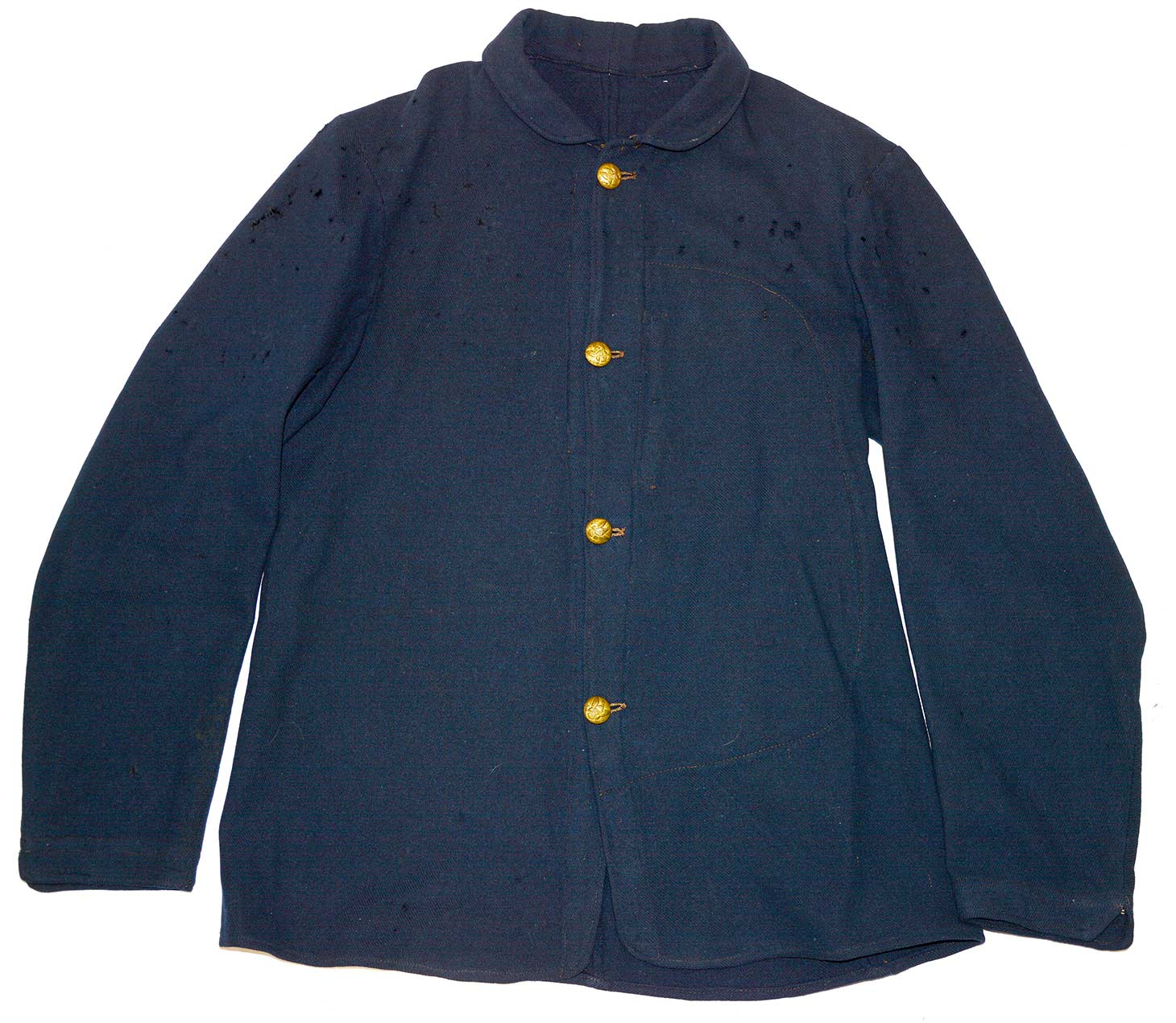
Hover to zoom

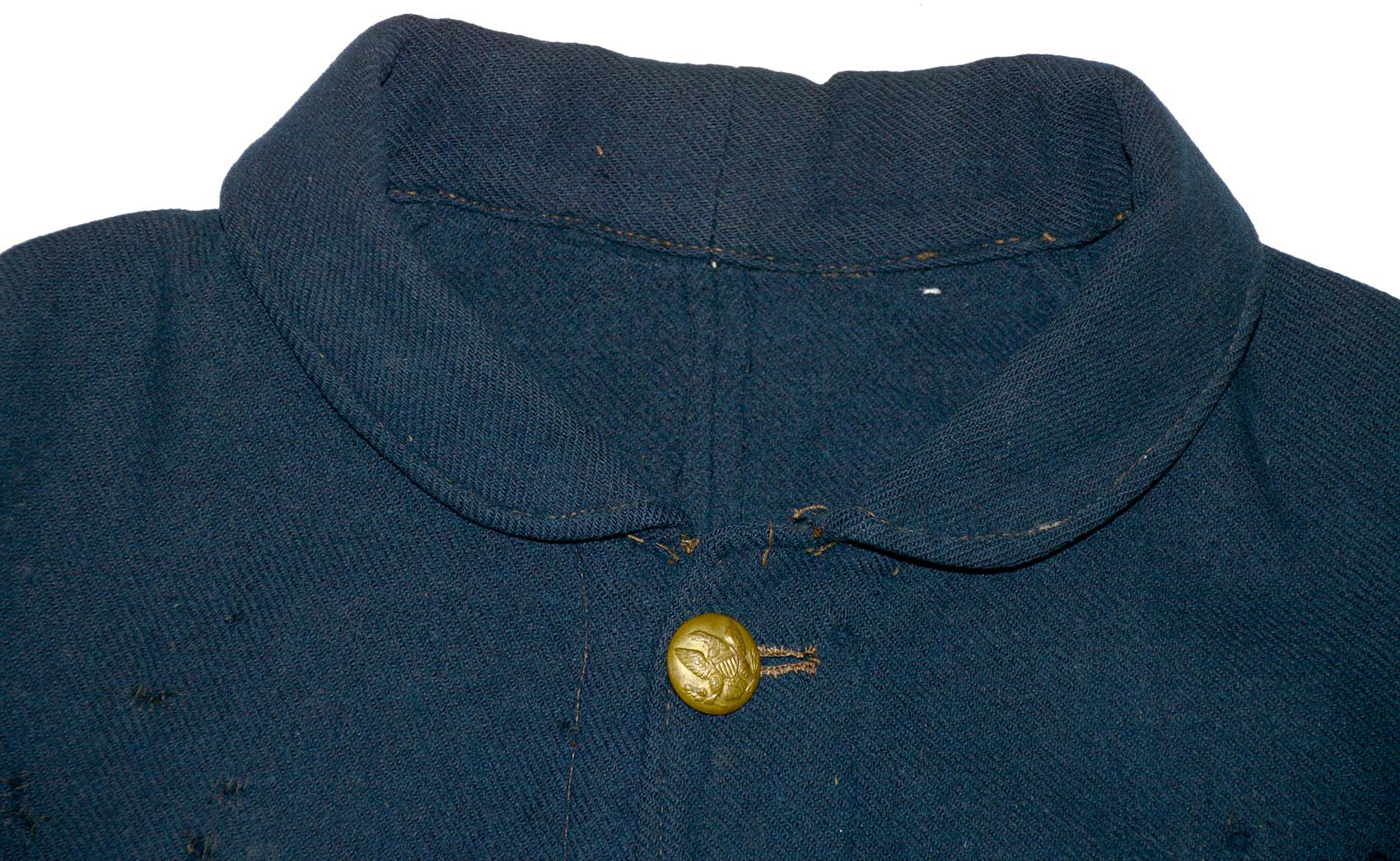
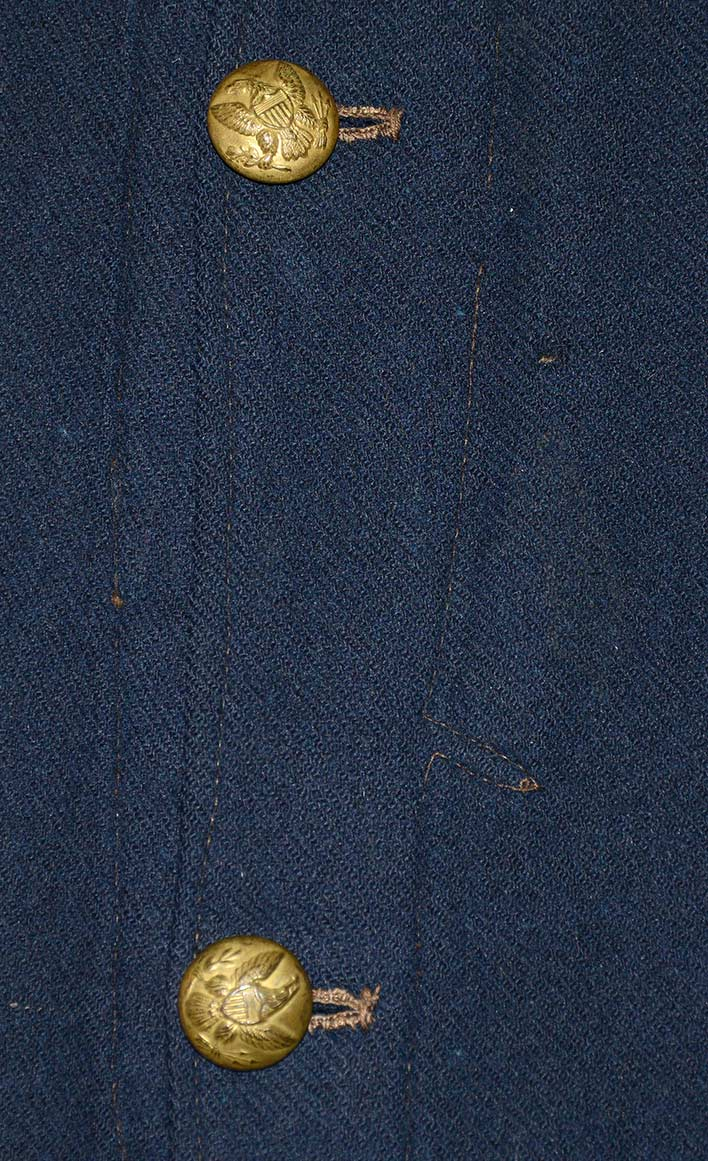
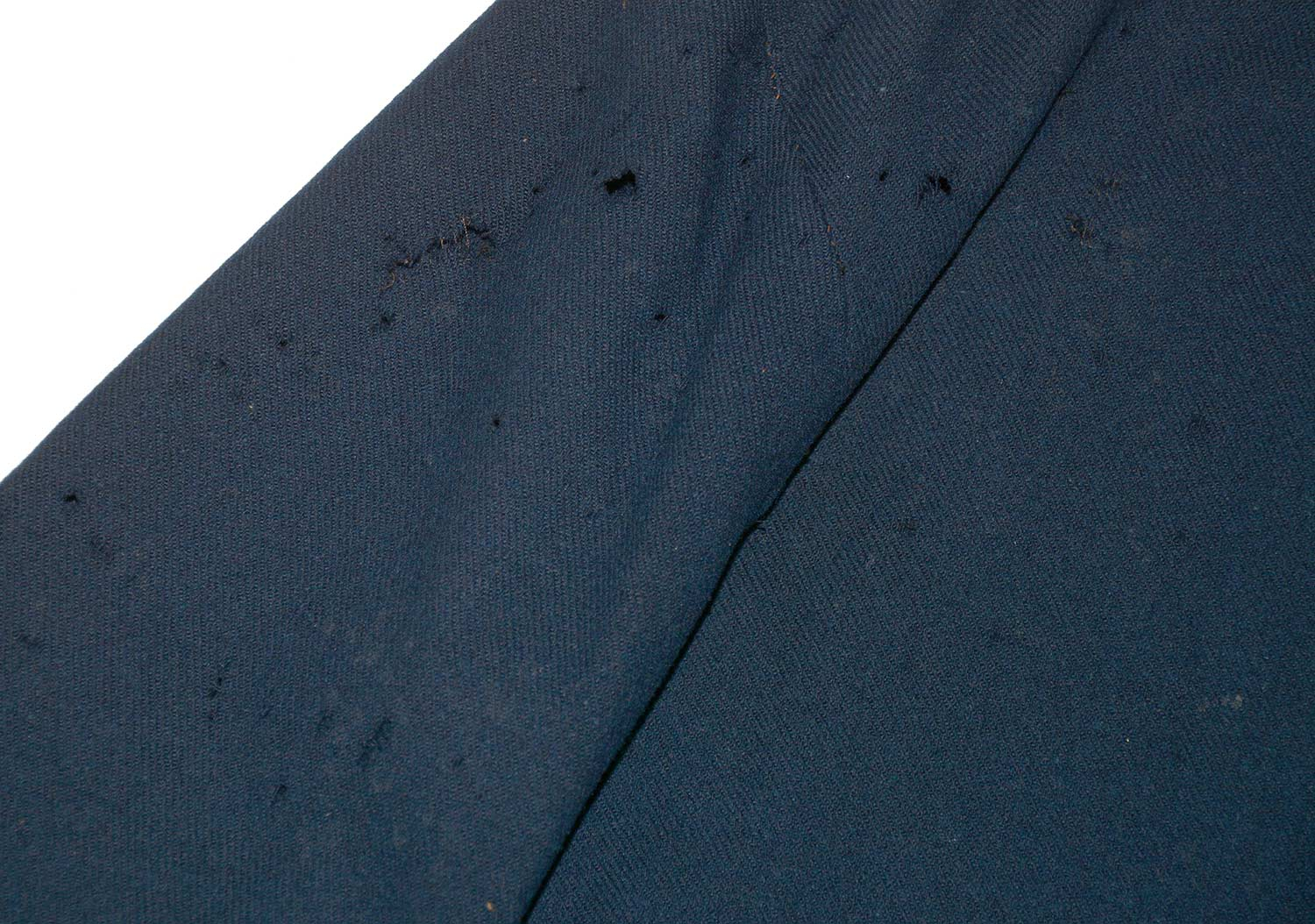
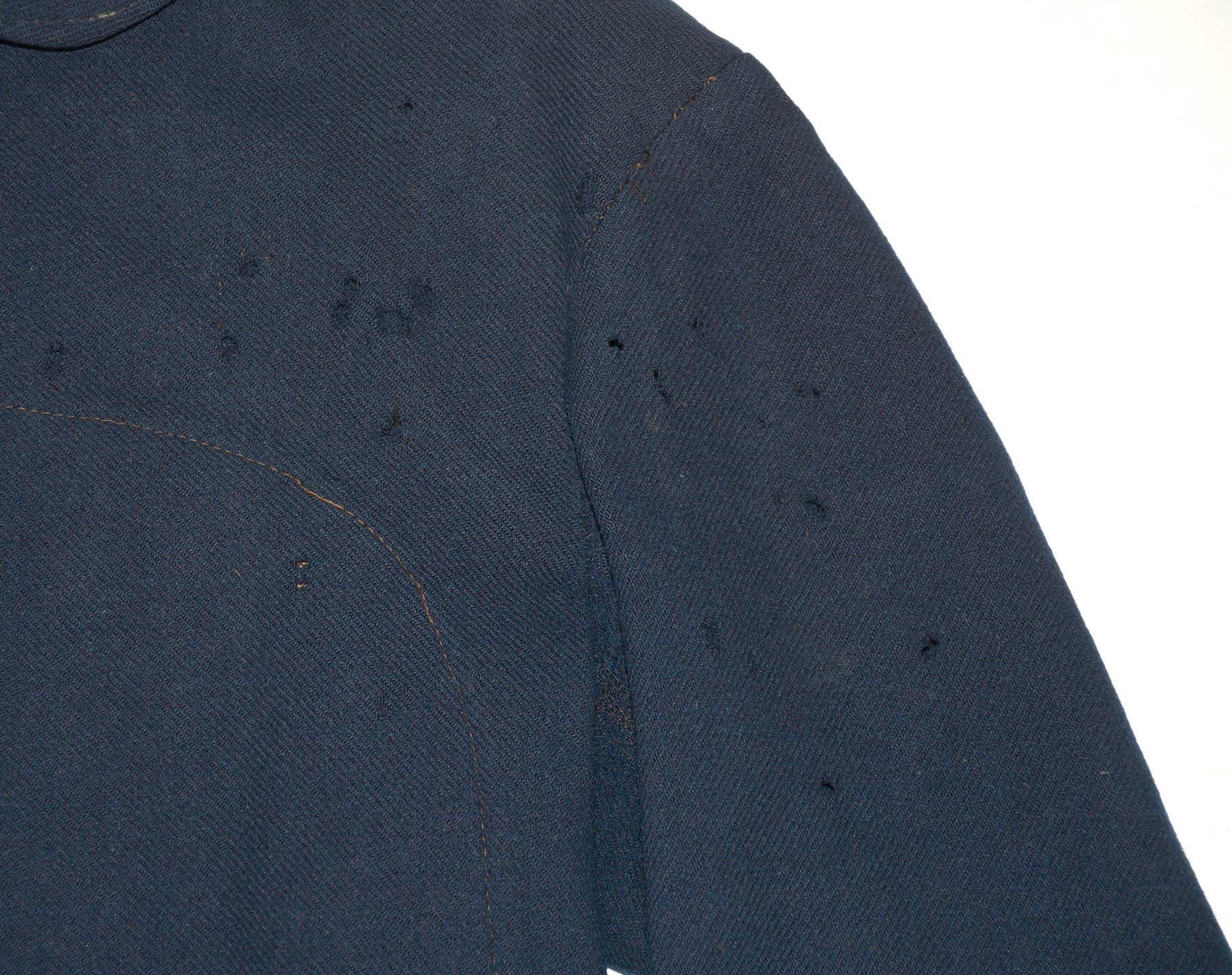
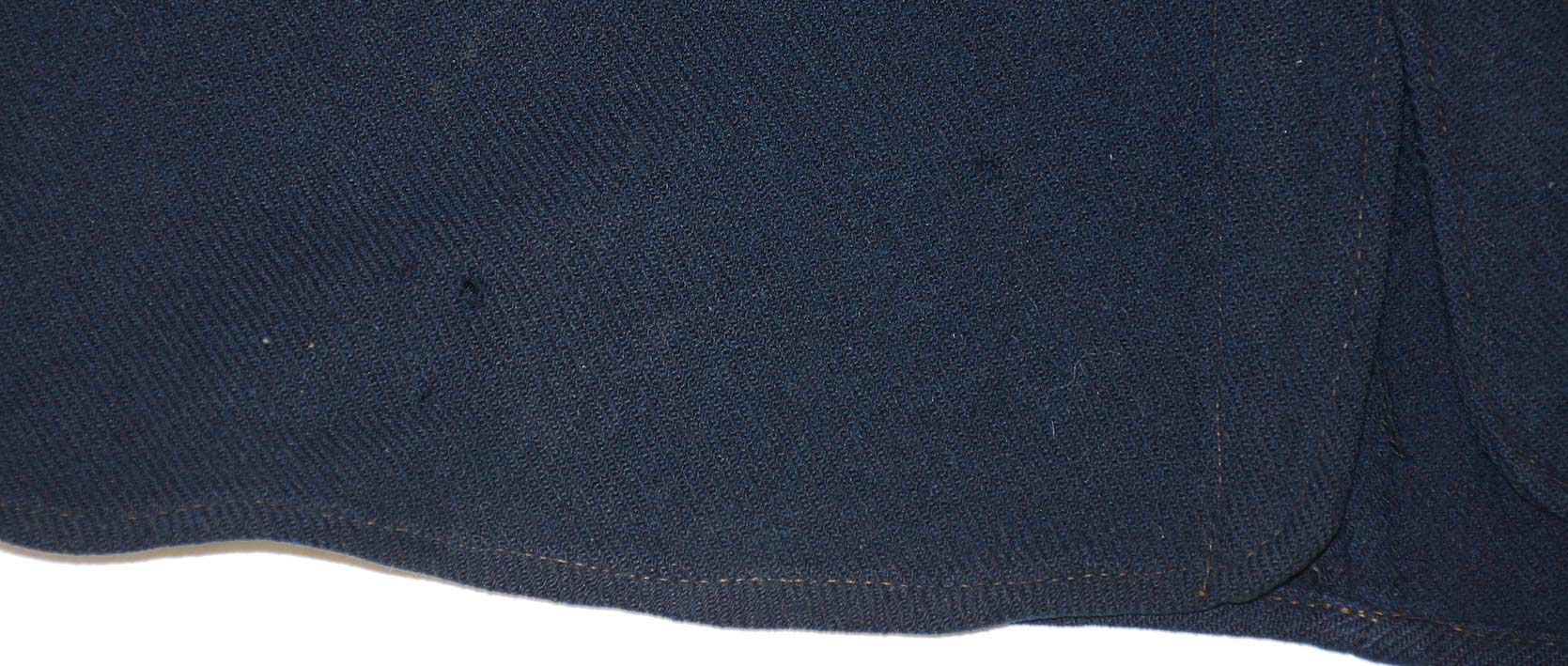
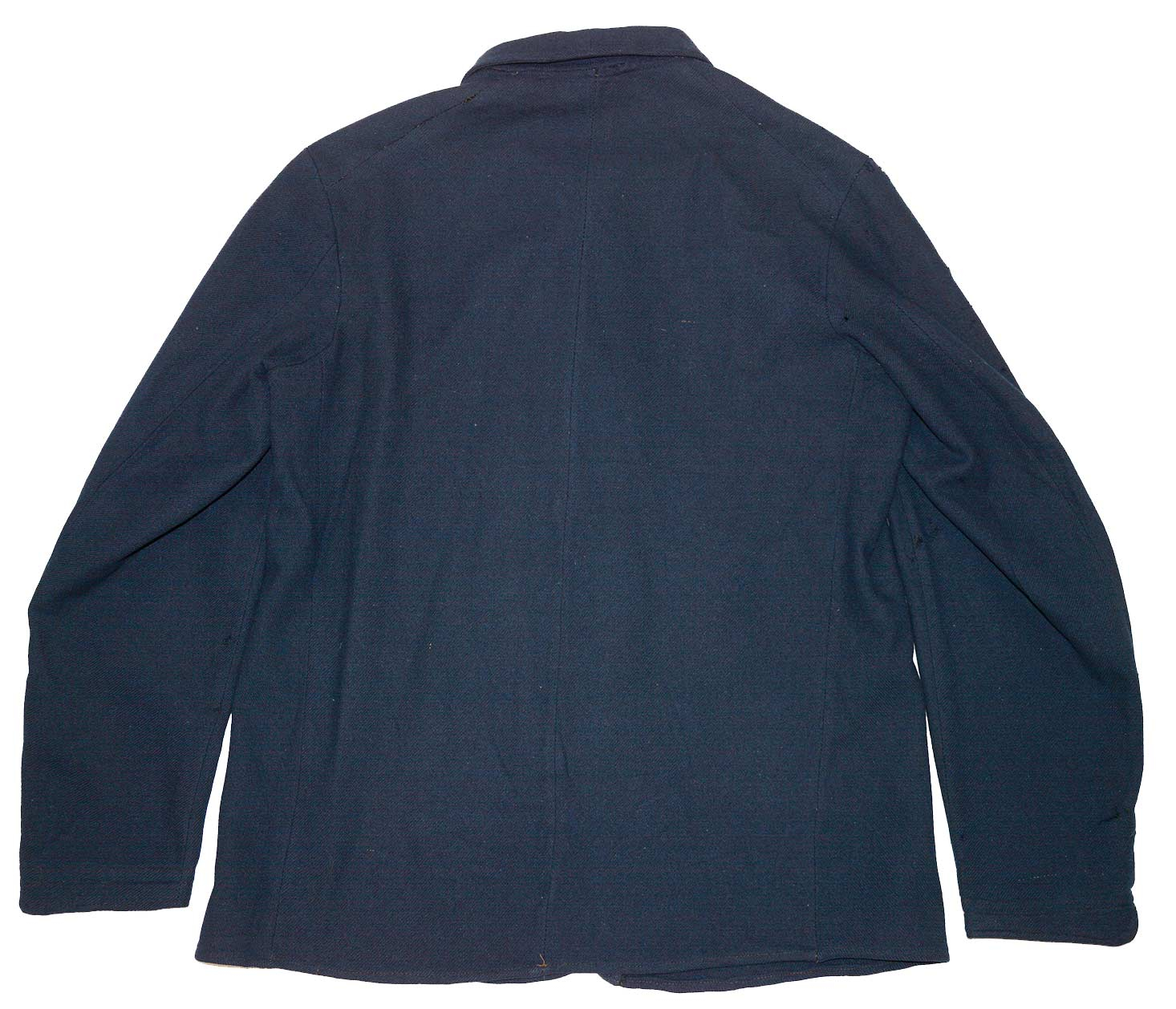
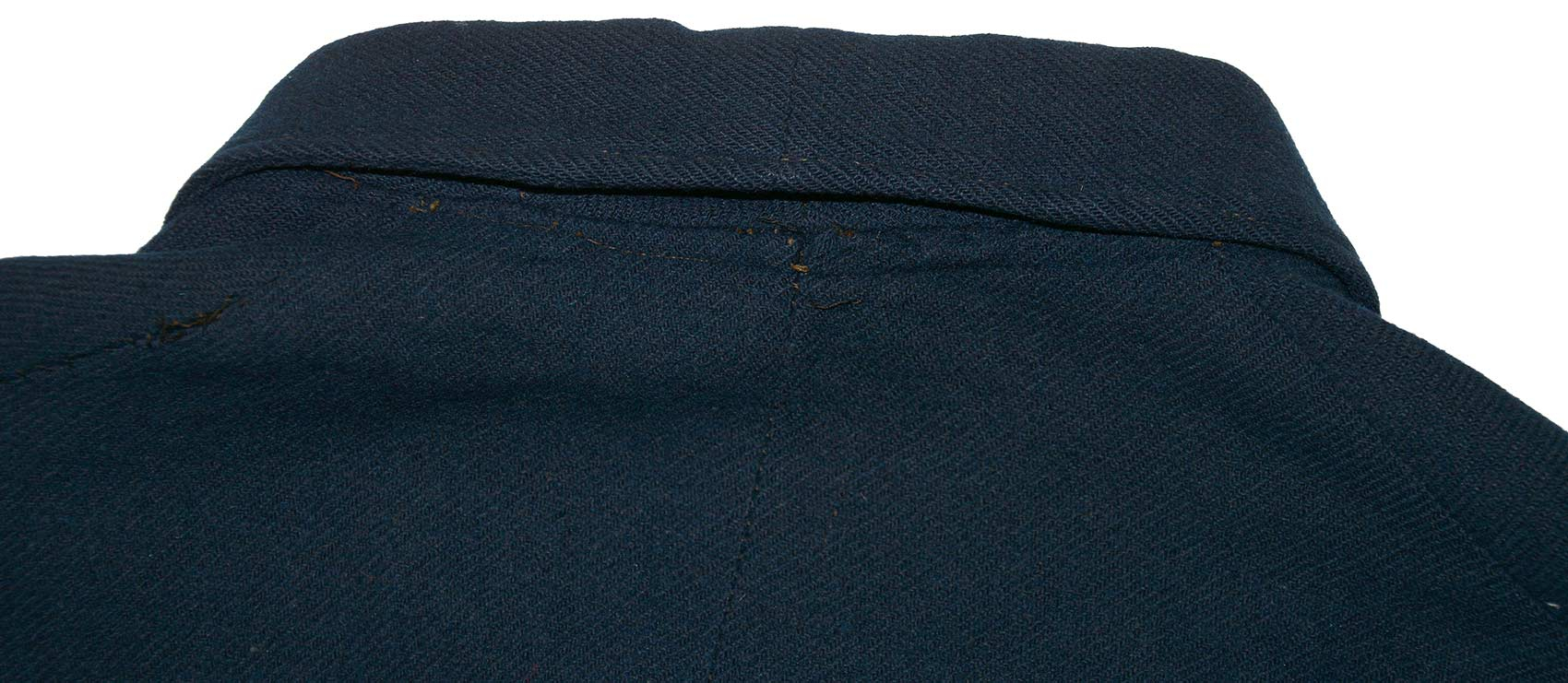
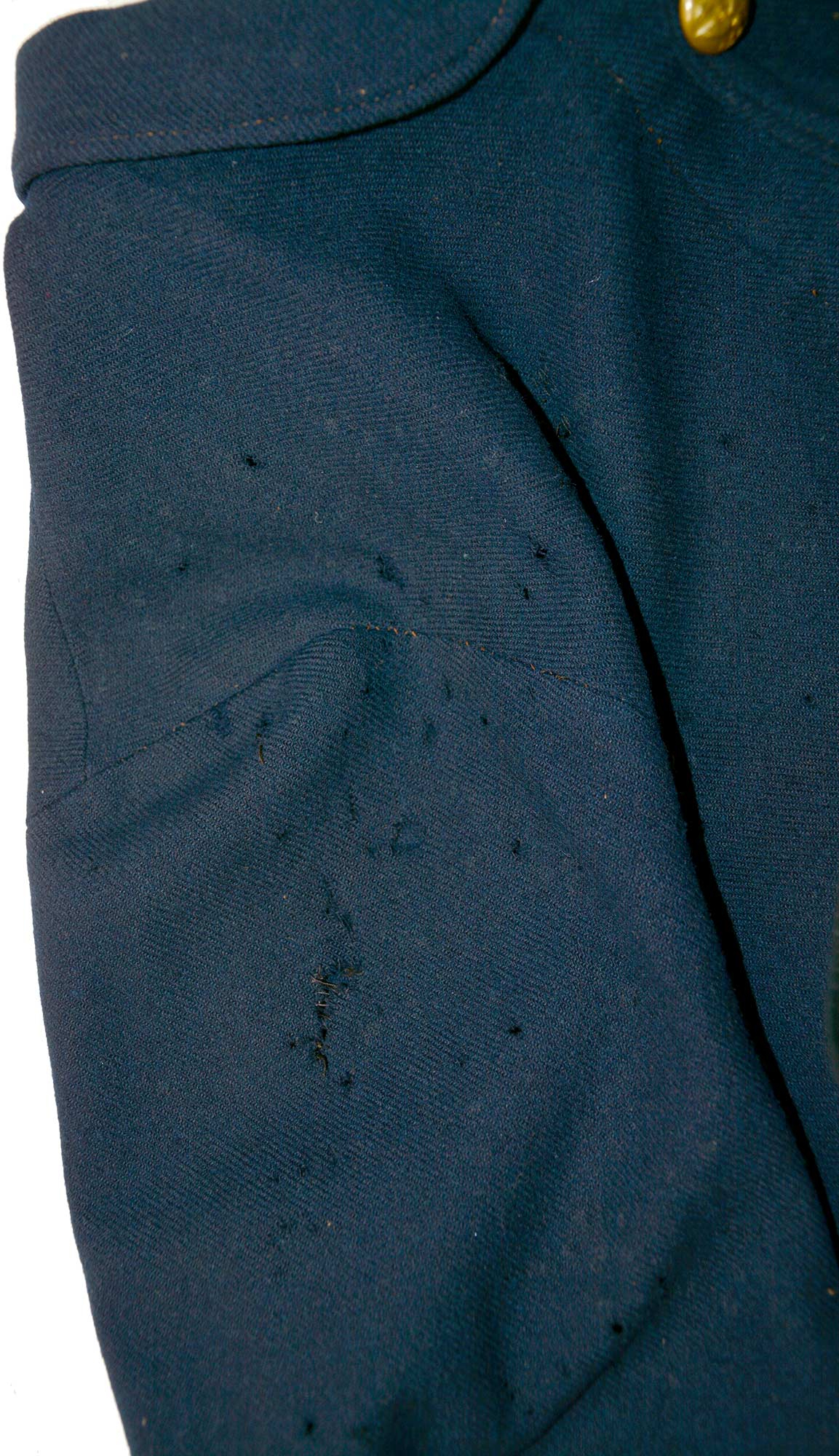
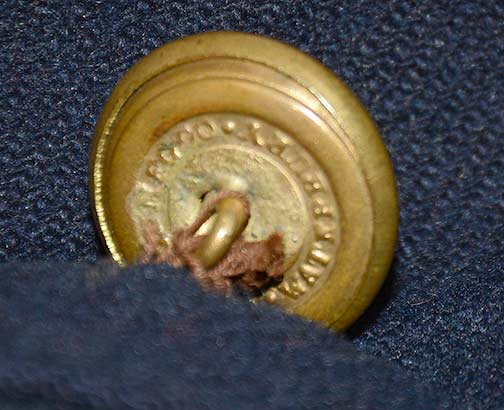
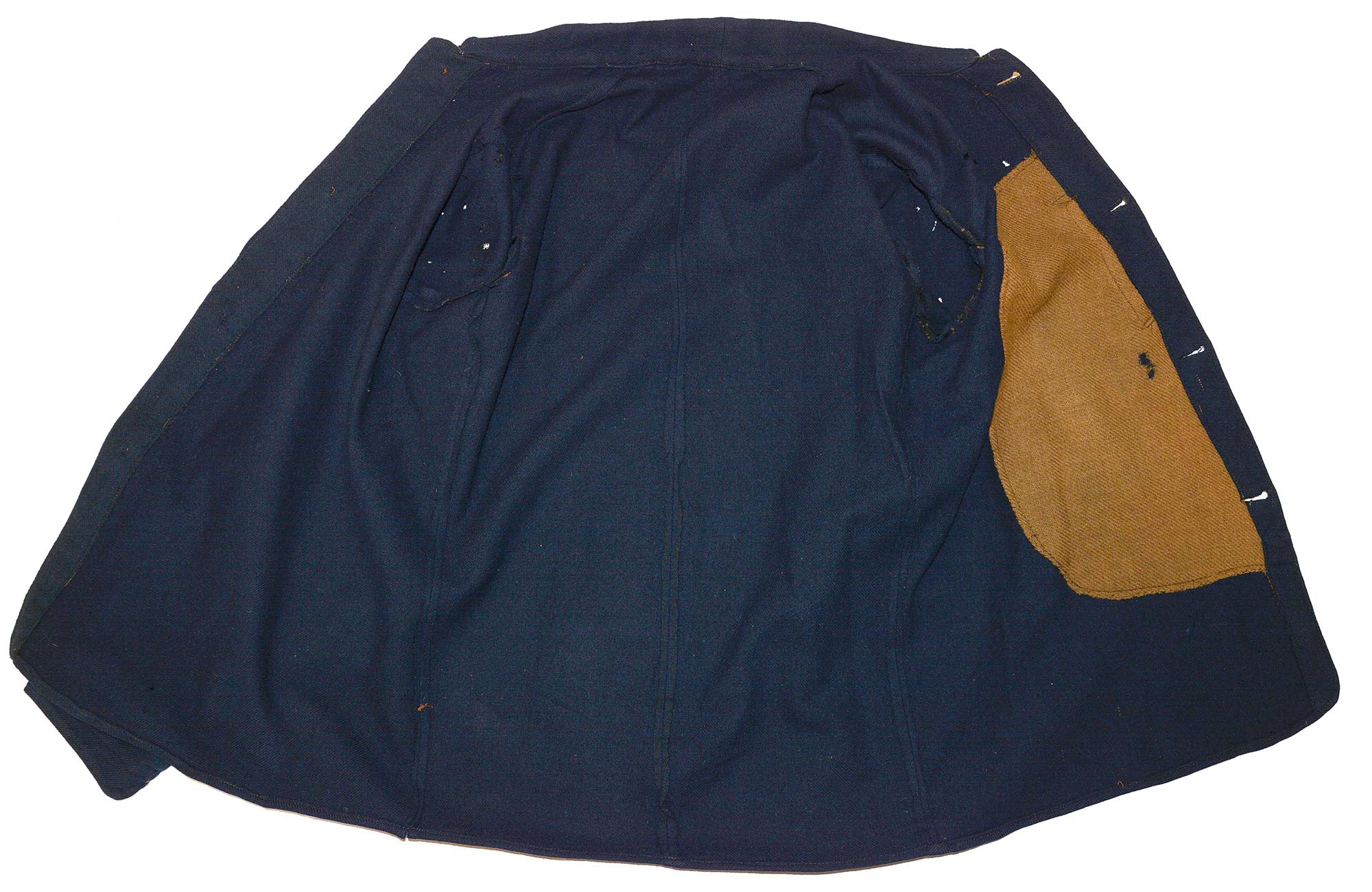
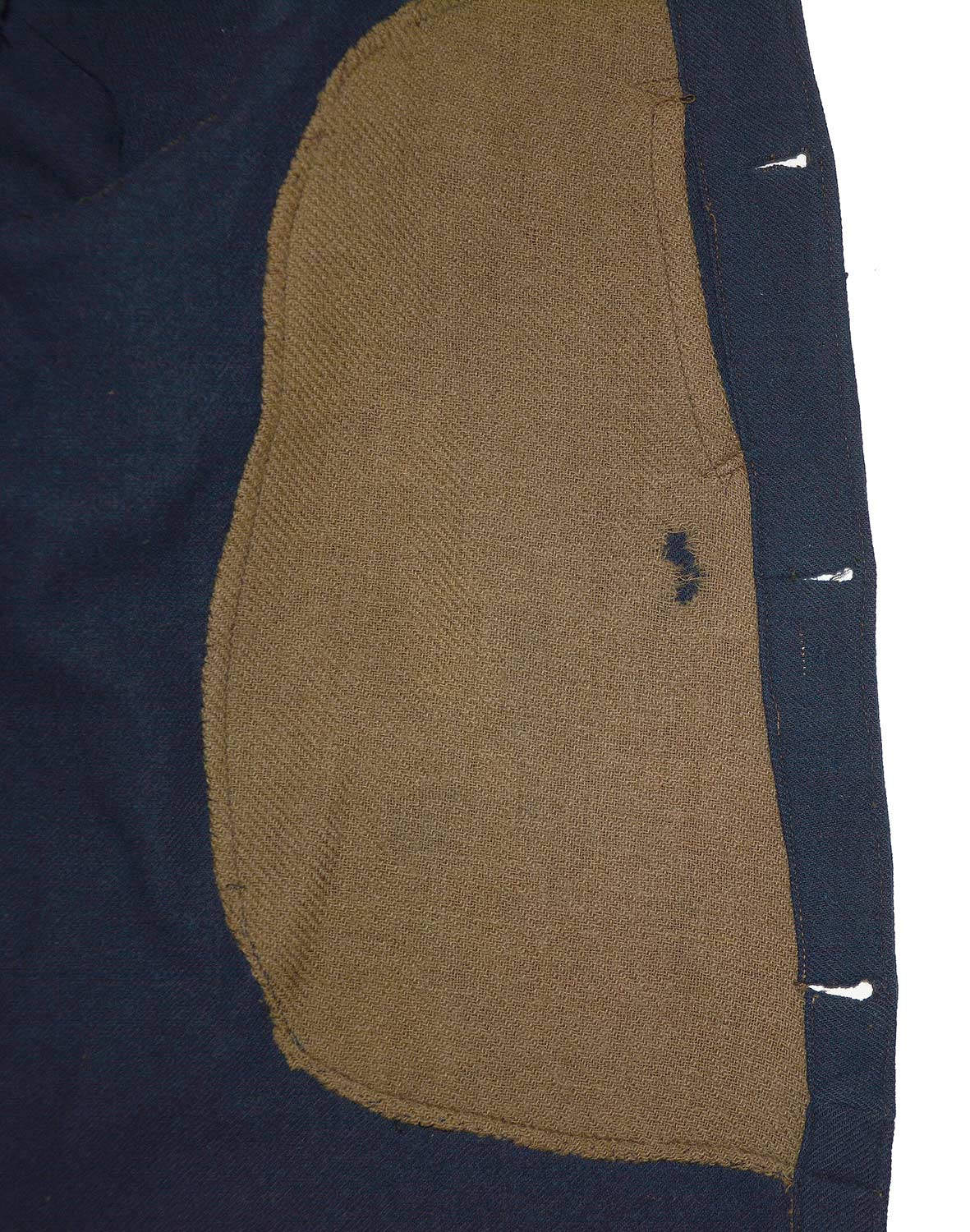
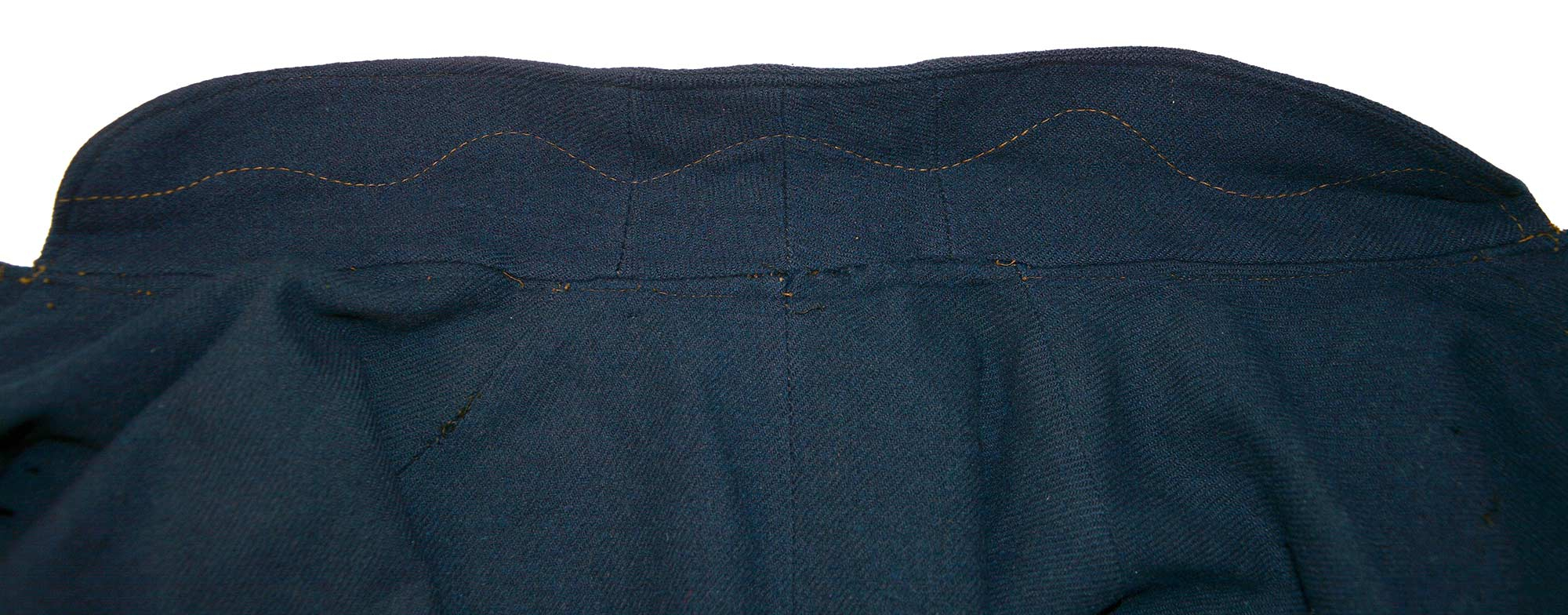
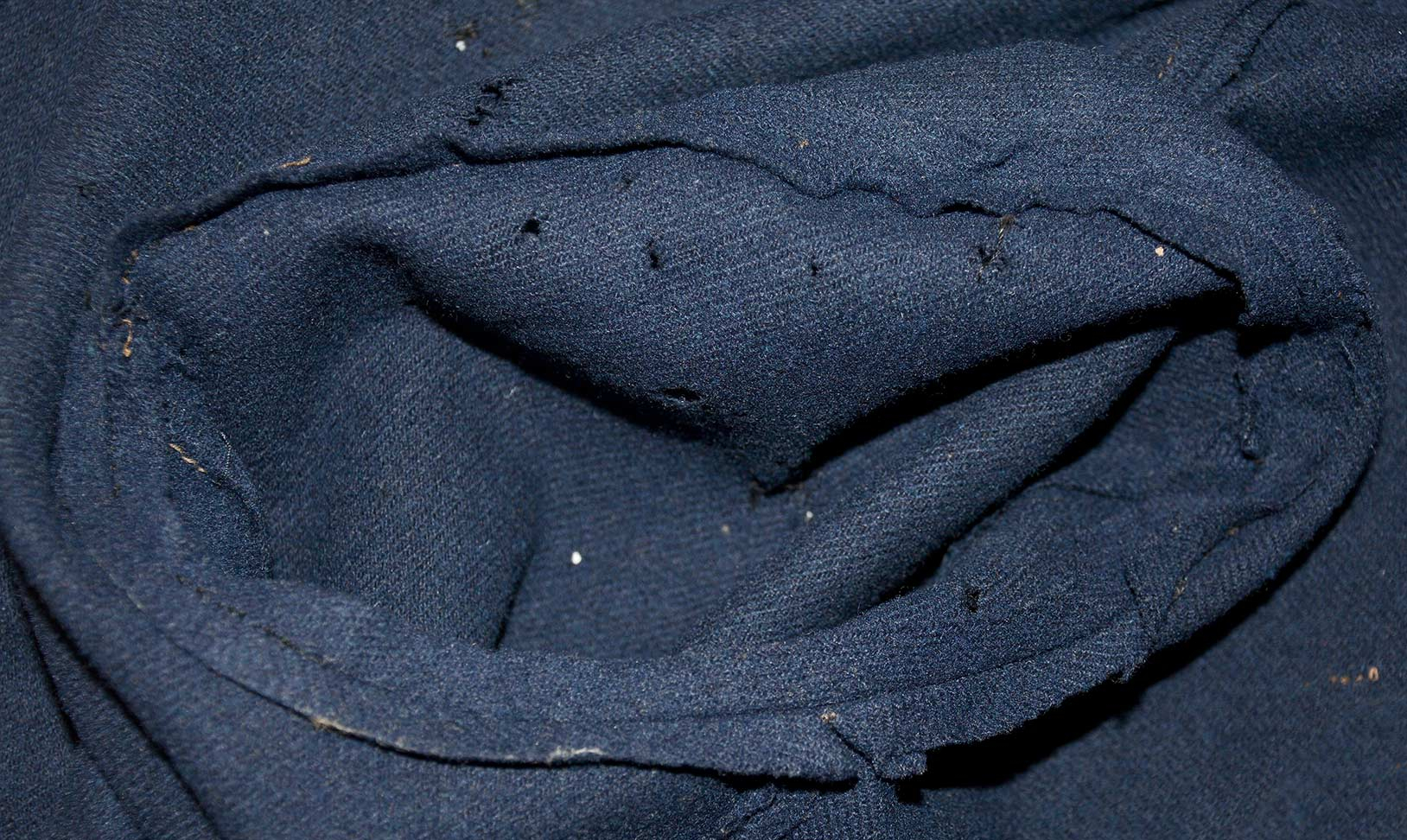
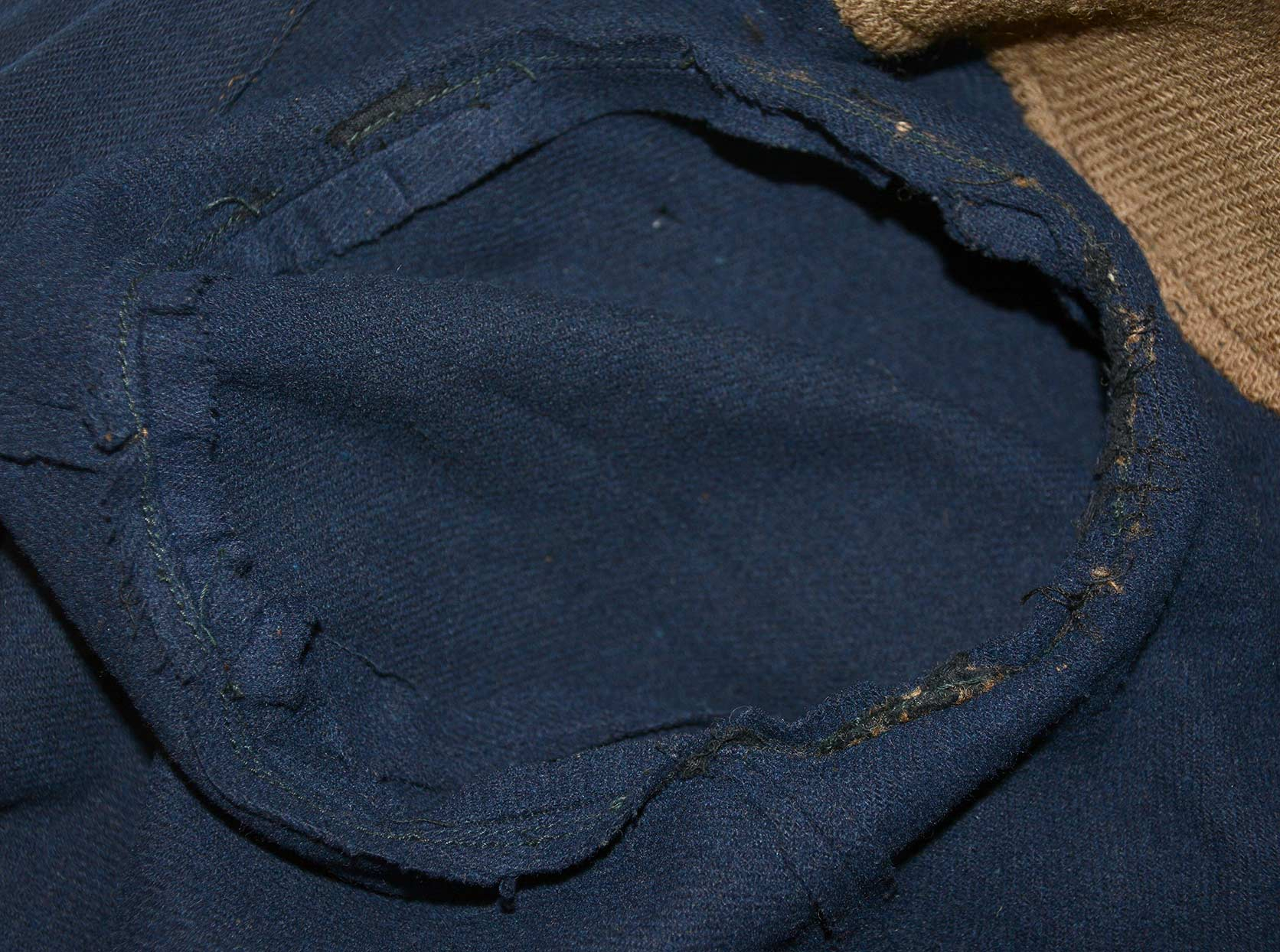
$15,000.00 SOLD
Quantity Available: None
Item Code: 1179-152
The four-button fatigue blouse has been the Holy Grail of Civil War collectors for generations. They were modeled on the contemporary civilian sack coat and were adopted for use by mounted troops in 1857 and general use in the army in 1858, giving it a designation of the “Model 1858” among collectors. They were simple, utilitarian, inexpensive, intended only for fatigue wear, and became ubiquitous in the field, on campaign, and in battle during the Civil War. They were made in the millions, some at government arsenals, many more purchased by the army on the open market or on state and U.S. contracts. Reduction of the army after the war and changing uniform regulations, however, made them pointless to retain in government hands and few soldiers thought to preserve one they had worn home. After the war they were regarded as simple army surplus work garments and those brought home by veterans were mostly discarded at their passing or thrown out at the first sign they might attract moths to more valuable family possessions.
This is, then, a rare survivor, formerly in the collections of the Texas Civil War Museum. Paperwork accompanying it includes a 1990 examination report by Les Jensen, an October 1992 conservation treatment proposal from Textile Preservation Associates of Sharpsburg, MD (Fonda Thomsen,) their December 1992 treatment report, and three pages of drawings (two views of the coat, front and back,) showing construction and condition. These were issued in both lined and unlined versions and show a myriad of minor variations among the many makers, but follow the same general lines.
This one was made of typical dark blue flannel with a four-piece body and two-piece sleeves, roll-over collar and four-button front using coat size general service eagle buttons. This was one of the lined versions, with the body and sleeve lining removed, likely for comfort, showing traces at the seams, but with the interior pocket retained. The pocket is made from the same loose-weave material as was the body lining. Remains of the sleeve linings at the cuffs show they were unbleached muslin. This was a contract coat, machine sewn, but maker and inspection marks went with the lining.
The upper portions of the sleeves and chest show a good number moth bites, mostly in the size of a pencil point or eraser. A line of two or three on the top of the right sleeve had some stitches added to close them up and prevent a tear. But, they are not obtrusive, the coat is stable, and we would not touch them. Conservation was mainly in vacuum cleaning and preparing a suitable manikin mount. The four buttons are present. Three are Scovill and one is Waterbury. Jensen reports they are likely original to coat, but resewn. The button holes are good, but show some small separations on the corded edges. There was a repair made at some point to the stitching of the left sleeve to the body, but the finishing off of the pocket and tacking down the remains of the sleeve lining to prevent it flopping down are noted as contemporary with removal of the lining, and, “entirely consistent for it to have been done in the 19th century.” Needless to say, removal of a coat lining was a simple, practical solution for the soldier in warm weather
The condition overall is excellent and, allowing for the later moth bites, the coat does not show much damage from wear. The color remains strong, a testimony to the government’s insistence on Indigo rather than logwood dye. This one also has a good provenance and letters from leading authorities. These do not come along often and are prized as the centerpiece for a Civil War collection displaying the arms, equipment, and uniforms of the Union soldier. [sr][ph:L]
~~~~~~~~~~~~~~~~~~~~~~~~~~~~~~~~~~~
THIS ITEM, AS WITH ALL OTHER ITEMS AVAILABLE ON OUR WEB SITE,
MAY BE PURCHASED THROUGH OUR LAYAWAY PROGRAM.
CLICK HERE FOR OUR POLICIES AND TERMS.
THANK YOU!
Inquire About CIVIL WAR FOUR-BUTTON FATIGUE BLOUSE
Most Popular
Historical Firearms Stolen From The National Civil War Museum In Harrisburg, Pa »
Theft From Gravesite Of Gen. John Reynolds »
Selection Of Unframed Prints By Don Troiani »
Fine Condition Brass Infantry Bugle Insignia »
Large English Bowie Knife With Sheath 1870’S – 1880’S »
Imported (Clauberg) Us Model 1860 Light Cavalry Officer's Saber »
featured item
SINGLE SHOT PERCUSSION PISTOL BY HOLLIS OF LONDON PRESENTED TO BEVERLY KENNON, CSN
Offered here is a single shot .54 caliber percussion pistol is a product of gunmaker Richard Hollis of London, England, and identified to a navy officer who served in the U.S. and C.S. navies. The pistol measures approximately 10” long. The… (1268-689). Learn More »
site search
Upcoming Events
The shop is currently closed so that we may conduct our annual inventory. We are available by phone… Learn More »


